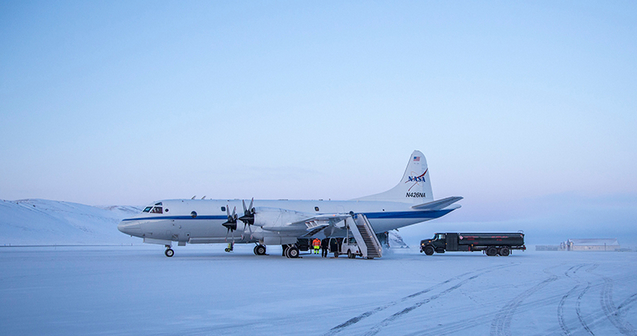Once-productive lands have become deserts, are polluted, or deforested, putting 3.2 billion people at risk.
 |
| In Thailand, global warming and lack of rainfall causes cultivated land to dry up and crack. Image: Petr Baumann/Shutterstock |
These once-productive lands have either become deserts, are polluted, or have been deforested and converted for unsustainable agricultural production. This is a major contributor to increased conflict and mass human migration, and left unchecked, could force as many as 700 million to migrate by 2050, according to the world’s first comprehensive evidence-based assessment of land degradation, released today in Medellín, Colombia.
 |
Deforestation in Madagascar. Image: Dudarev Mikhail/Shutterstock
|
“This is an extremely urgent issue that we need to address yesterday,” said Robert Scholes, a South African ecologist and co-chair of the assessment. “Land degradation is having the single biggest impact on the well-being of humanity,” Scholes said in an interview in Medellín.
Human activities, mainly those involving agriculture and urbanization, have destroyed or degraded topsoil, forests, and other natural vegetation and water resources nearly everywhere, the report found. Wetlands have been hit hardest, with 87 percent lost globally in the last 300 years. Wetlands continue to be destroyed in southeast Asia and the Congo region, mainly to plant oil palm trees.
Less than 25 percent of the Earth’s land surface has escaped the substantial impacts of human activity—and by 2050, this will have fallen to less than 10 percent. Most of these future land losses will be in Central and South America, sub-Saharan Africa, and Asia. The only places left relatively unaffected will be polar regions and tundra, high mountains, and deserts, the report projects.
Ending land degradation is “an urgent priority to protect the biodiversity and ecosystem services vital to all life on Earth and to ensure human well-being,” said Luca Montanarella, a soil scientist from Italy and co-chair of the assessment.
“We’ve know about this for over 20 years, but it is only getting worse,” Montanarella said in an interview in Medellín. There is little public awareness and it is not considered an urgent issue by most governments. The only way to stop the decline is at the local level, and through the choices each of us make, he said.
 |
River bank erosion in Bangladesh. Image: Sangib Kumar Barman/Shutterstock
|
Rich countries need to take responsibility for the impacts that their consumption of imported products may have. The country landscape of the United Kingdom is a tourist attraction because the country imports 35 to 40 percent of its food from other countries, said Watson. “People don’t see the impacts of their consumption.”
Ending land degradation and restoring damaged lands would provide more than one third of the most cost-effective greenhouse gas mitigation activities required by 2030 to keep global warming to below 2°C. And doing this would cost at least three times less than doing nothing and create much better livelihoods and jobs for local people, said Watson.
“Implementing the right actions to combat land degradation can transform the lives of millions of people across the planet, but this will become more difficult and more costly the longer we take to act,” he said.
Links
- Intergovernmental Science-Policy Platform on Biodiversity and Ecosystem Services
- Life on Earth Is Under Assault—But There’s Still Hope
- Worsening Worldwide Land Degradation Now ‘Critical’, Undermining Well-Being of 3.2 Billion People
- Biodiversity and Nature’s Contributions Continue Dangerous Decline, Scientists Warn
- The Researcher Documenting Life in Earth's Most Biodiverse Ecosystem































